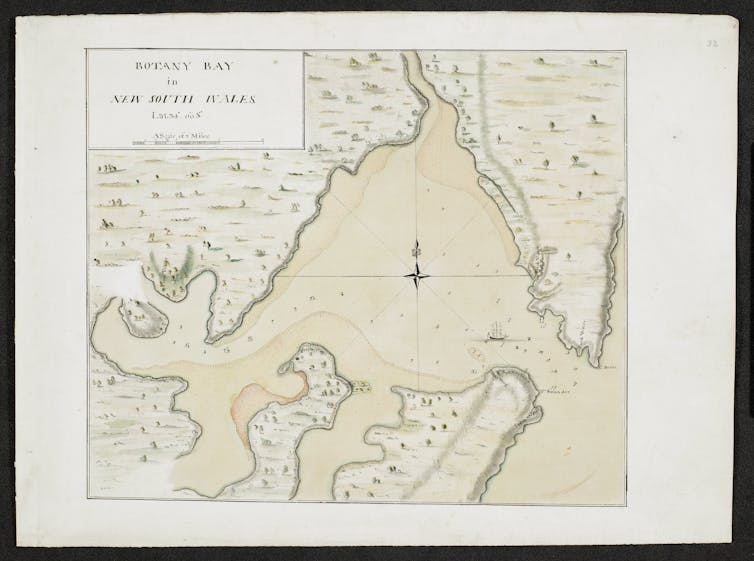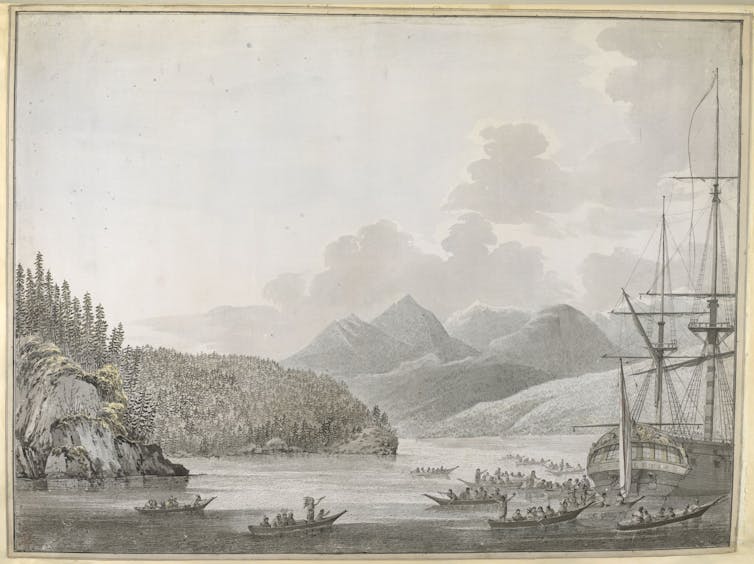How Botany Bay was chosen over Africa as a new British penal colony
Britain had an urgent problem after it lost its American colonies: where to send its convicts. It settled on NSW after rejecting other options, but the new spot didn't exactly live up to its billing.




